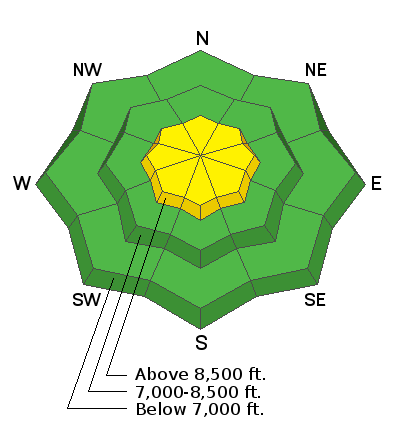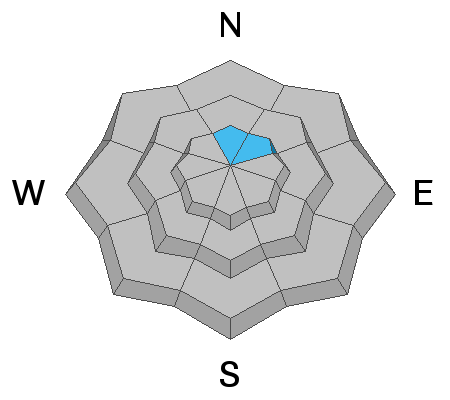Forecast for the Ogden Area Mountains

Issued by Trent Meisenheimer on
Sunday morning, December 2, 2018
Sunday morning, December 2, 2018
The avalanche hazard is MODERATE at the upper elevations on steep slopes facing north and northeast, where it is possible to trigger an avalanche that fails in old weak snow at the ground. Other steep slopes - across the upper elevations - have a MODERATE hazard for triggering a new snow slide or a wind drift. The avalanche danger is LOW at low & mid elevations. The dense snow has created excellent travel and riding conditions on low-angled slopes.

Low
Moderate
Considerable
High
Extreme
Learn how to read the forecast here








